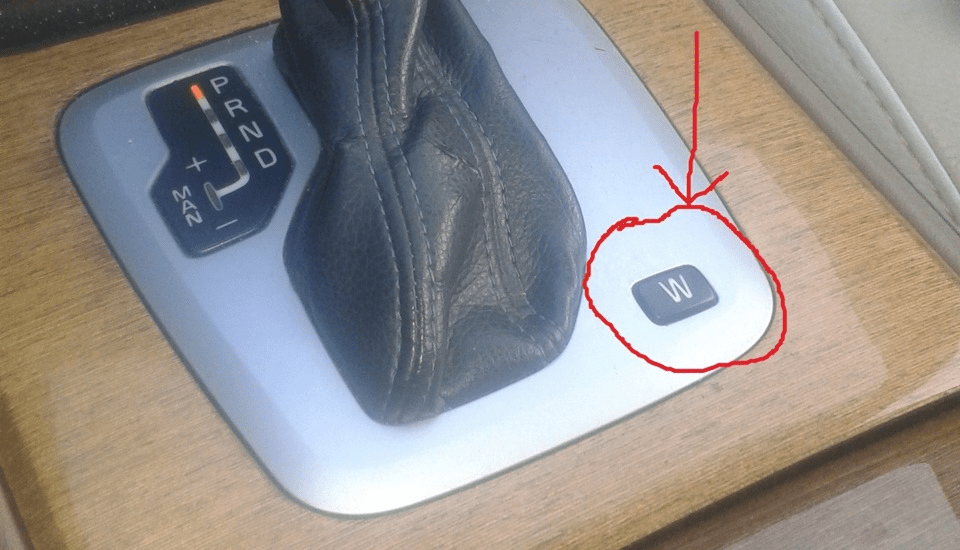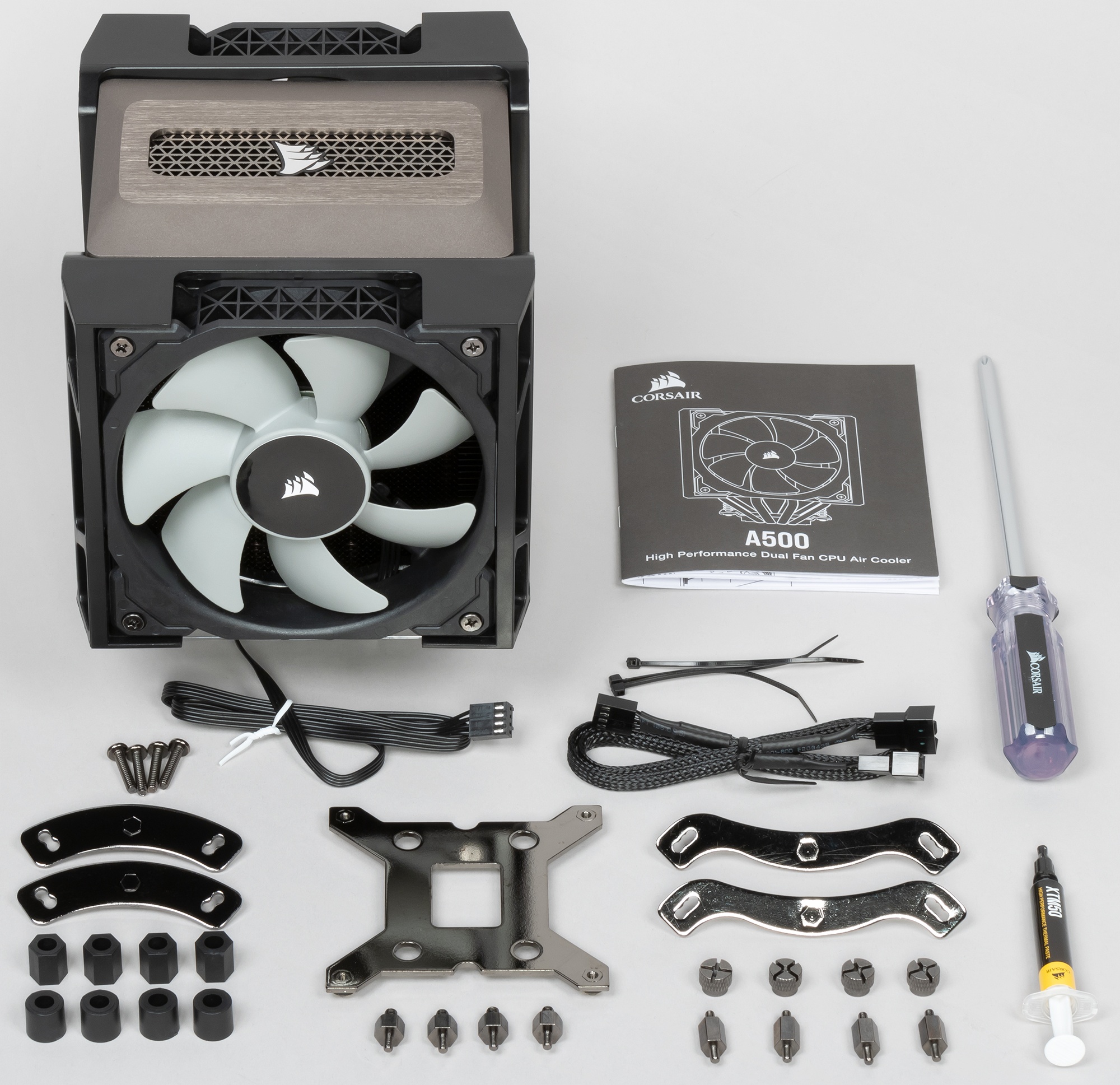
Winter mode in the "machine". Only in difficult conditions!
Some vehicles with automatic transmission have a winter mode. It should only be used in really difficult conditions.
The percentage of drivers who decide to read the car's owner's manual is small. In the case of cars from the secondary market, it is often difficult - over the years, the instructions are often lost or damaged. The state of affairs may result in improper use of the car or doubts about the operation of the equipment. There are many questions on the discussion forums about the winter mode of operation of the automatic transmission. What causes? When to use it? When to turn off?
The easiest is to answer the first question. The winter function, often denoted by the letter W, forces the vehicle to start off in second or even third gear, depending on the model and gearbox design. A specific strategy is to reduce the likelihood of adhesion failure and facilitate dosing of the driving force. It happens that the winter mode allows you to move off in a situation that traction control systems can not cope with.
In vehicles with automatic all-wheel drive or electronic differential locks, their strategy may change - the priority is to provide the maximum possible traction. However, it is worth remembering that the Winter mode should not be used to exit the snowdrifts. If the transmission is running in high gear, it may overheat. It will be more beneficial for the car to lock the first gear by moving the gearbox selector to position 1 or L.
When should you use Winter Mode? The most obvious answer to the question is that in winter it is not entirely correct. The use of winter mode on dry and slippery surfaces deteriorates performance, increases fuel consumption and increases the load on the torque converter. In most models, the function is intended to facilitate starting on snowy or icy roads and in such situations it should be turned on. One exception to the rule is rear wheel drive vehicles without traction control or ESP. Winter mode also makes it easier to drive at higher speeds and improves braking stability.
This is not always possible. In some models, the electronics automatically turn off the winter mode when a certain speed is reached (for example, 30 km / h). Experts suggest using a manually switchable winter mode up to about 70 km / h.
Sluggish reactions to gas in winter mode should not be identified with economical driving. While high gears are engaged early, downshifts occur at low revs, but the car pulls off in second or third gear, which causes energy loss in the torque converter.
Tests of dynamic driving in winter mode put a lot of stress on the gearbox. The slippage of the torque converter causes a lot of heat. Part of the gearbox has a safety valve - after pressing the gas to the floor, it decreases to first gear.
If a car with automatic transmission does not have a button with the word Winter or the letter W, this does not mean that it does not have a program for starting in conditions of reduced grip. In the operating instructions for some models, we learn that it was sewn into the manual gear selection function. While stationary, shift from D mode to M mode and upshift using the shift lever or selector. Winter mode is available when the number 2 or 3 is lit on the display panel.

